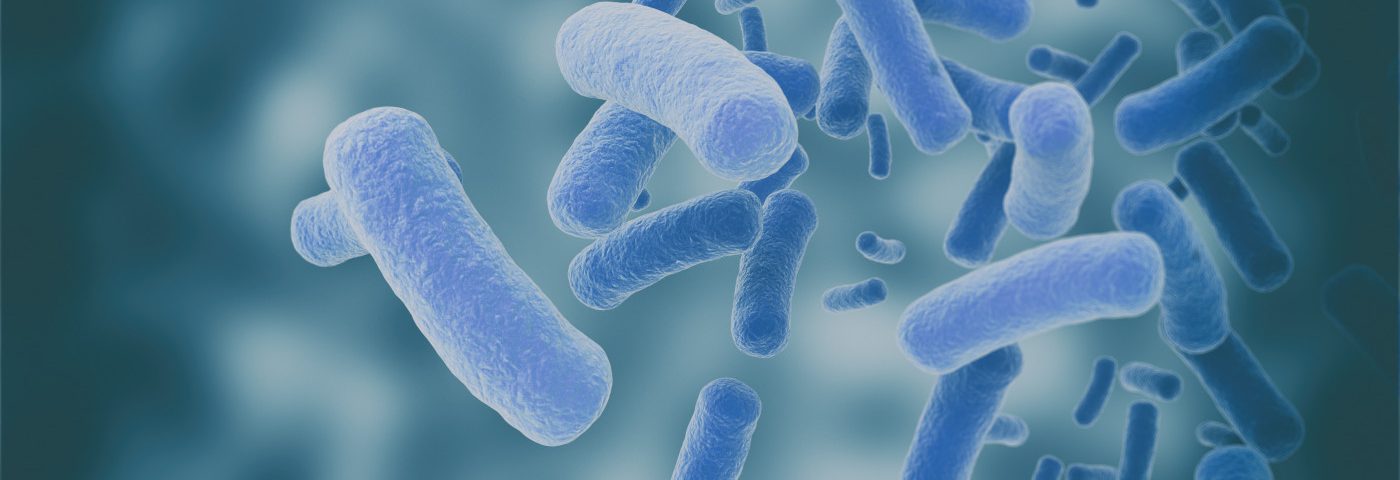Children with systemic-onset juvenile idiopathic arthritis have significant differences in the composition of gut bacteria compared to healthy children, which may be partially resolved by treatments that stop disease activity, a study reports.
Its researchers also suggested that changes in diet that promote a healthy gut microbiota might be “a new approach to preventing and managing” these patients.
This finding, “Characterization of microbiota in systemic-onset juvenile idiopathic arthritis with different disease severities,” was published in the World Journal of Clinical Cases.
Systemic juvenile idiopathic arthritis (sJIA) is the most severe type of juvenile arthritis (JIA), and is characterized by widespread tissue inflammation that not only affects patients’ joints, but also organs and glands.
Although the mechanisms underlying the development of sJIA remain poorly understood, some studies have suggested that alterations in the composition of gut microbiota — the microorganisms that live in the digestive tracts — may play an important role in the disease.
“Further understanding of the intestinal microbiome may help to establish alternative ways to treat, or even prevent, the disease. To date, [however,] there are no studies on gut microbiota in sJIA children,” the researchers wrote.
They carried out an observational study at Peking Union Medical College Hospital, in which they collected stool samples from 32 children with sJIA (17 with active and 15 with inactive disease) and 32 healthy children (controls).
Patients had been diagnosed with sJIA and monitored for at least six months at the hospital before enrolling in the study. Participants’ clinical data and stool samples were gathered during hospital visits.
After collecting the stool samples, the researchers isolated bacterial DNA and used genetic sequencing to identify the species of bacteria present in them. (Genetic sequencing is the process of “reading” the order of all nucleotides — the building blocks — of DNA.)
Results revealed that in children with sJIA and controls, most bacteria belonged to the Firmicutes and Bacteroidetes phyla (class). However, the number of bacteria species found on each group was significantly different.
When they analyzed and compared gut bacteria composition at the family level, they also found that healthy children had higher numbers of bacteria belonging to the Ruminococcaceae (14.9% in active sJIA, 17.3% in inactive sJIA, and 22.8% in controls) family, and to the Faecalibacterium genus (5.1% in active sJIA, 9.9% in inactive sJIA, and 13.0% in controls).
“Faecalibacterium helps in maintaining the integrity and health of the gut … and is considered to be an anti-inflammatory microorganism. Thus, a reduction in Faecalibacterium may induce an inflammatory status,” the researchers wrote. Conversely, children with active sJIA had higher numbers of bacteria belonging to the Bacteroidaceae family (16.5% in active sJIA, 12.8% in inactive sJIA and 9.7% in controls).
“Another important finding of our study is that the Firmicutes/Bacteroidetes ratio and other bacterial alterations in the inactive sJIA group were at a moderate level in the active sJIA group … This implies that the perturbed microbiota present in the active sJIA group demonstrated partial restoration towards normal in inactive status patients,” they said.
Correlation analyses revealed the juvenile arthritis disease activity score on 27 joints (JADAS-27, a measure of disease activity) was positively correlated with the presence of bacteria belonging to the Eggerthellaceae and Muribaculaceae families, and negatively correlated with the presence of bacteria belonging to the Proteobacteria phylum and Enterobacteriaceae family.

